Cantharidin
Cantharidin is a toxic compound from blister beetles, used in dermatology to remove warts and molluscum contagiosum by causing controlled blistering, with historical uses as an aphrodisiac and in traditional medicine, requiring careful, professional application due to its potency.
Overview:
Cantharidin is a potent chemical compound derived from the secretions of blister beetles, particularly those of the species Mylabris and Lytta vesicatoria. It is renowned for its historical use as an aphrodisiac and a traditional medicine in various cultures. In contemporary medical practice, cantharidin is utilized primarily for its dermatological applications, especially for the removal of warts and molluscum contagiosum. Despite its therapeutic uses, cantharidin is a toxic substance and must be handled with utmost care, under professional supervision.
Cantharidin Key Features:
– Potent Vesicant: Causes blistering of the skin, which is harnessed in controlled applications to remove skin lesions.
– Dermatological Applications: Effectively used in the treatment of warts, molluscum contagiosum, and other skin conditions.
– Historical Significance: Known for its use in traditional remedies and as an aphrodisiac.
– Controlled Use: Available for medical use under strict regulation due to its toxic nature.
Cantharidin Applications:
– Medical Treatment: Cantharidin is carefully applied by healthcare professionals to treat warts, molluscum contagiosum, and certain other skin conditions by causing a controlled blistering effect that aids in lesion removal.
– Research: Ongoing studies explore potential anticancer properties and other therapeutic applications, given its mechanism of action at the cellular level.
Cantharidin Functions:
– Blister Formation: When applied topically, it induces blister formation beneath skin lesions, leading to their removal as the blister heals.
– Antiviral and Antitumor Potential: Preliminary research investigates its capabilities to inhibit certain virus types and cancer cell growth, though its primary use remains in dermatology.
Details
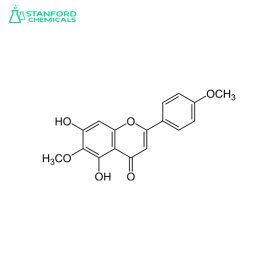
| Available Sizes | 30 capsules, 60 capsules, 120 capsules |
|---|---|
| Key Ingredient | High-quality, pure Pectolinarigenin extract |
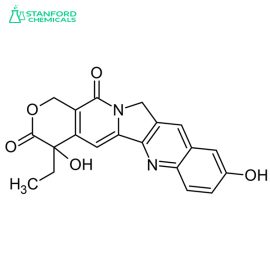
| Product Name | 10-Hydroxycamptothecin |
|---|---|
| CAS No. | 19685-09-7 |
| Molecular Formula | C20H16N2O5 |
| Molecular Weight | 364.35 |
| Botanical Source | Camptotheca acuminata |
| Purity | 98% HPLC |
| Appearance | Pale yellow powder |
| Package | 25 kg/drum |
| Storage | Stored in cool & dry places, protected from direct sunlight and heat. |
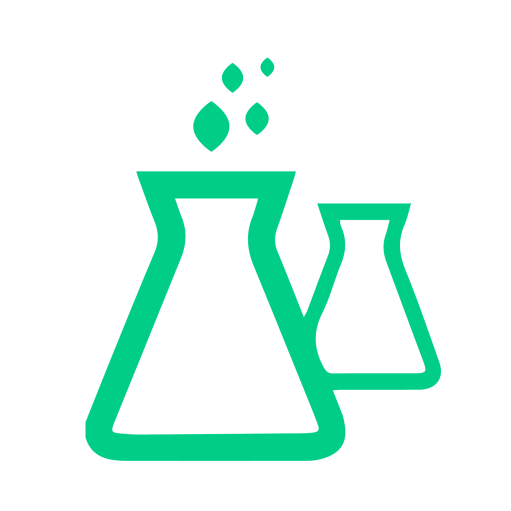
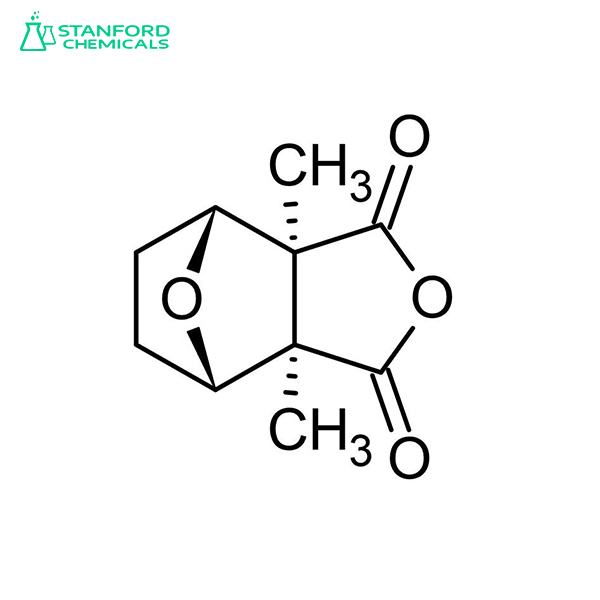
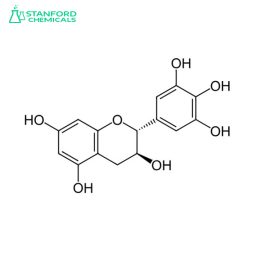
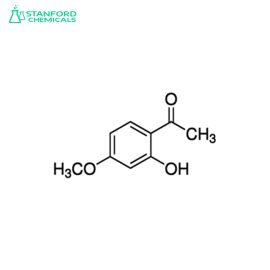
Reviews
There are no reviews yet.